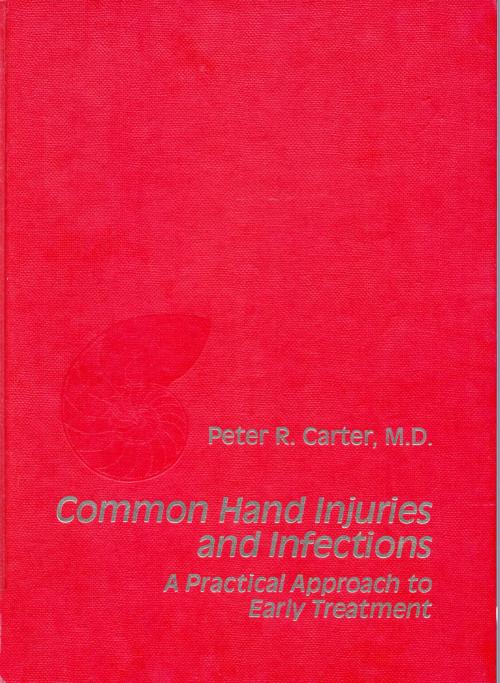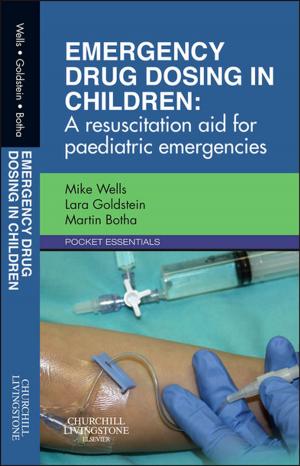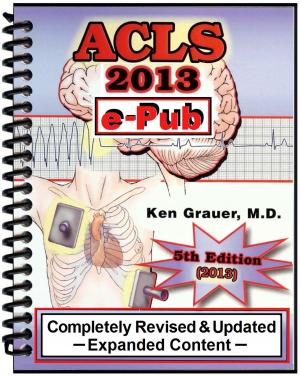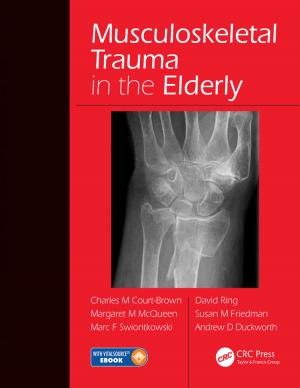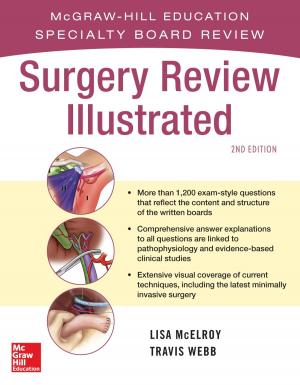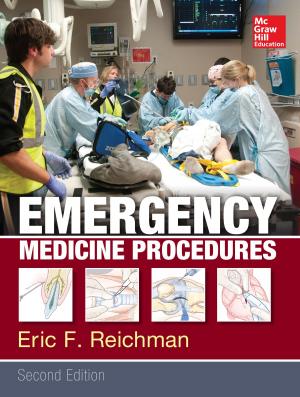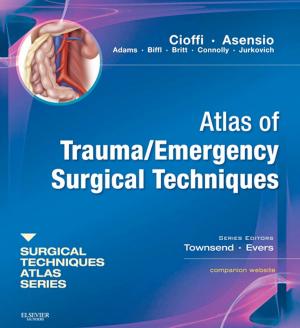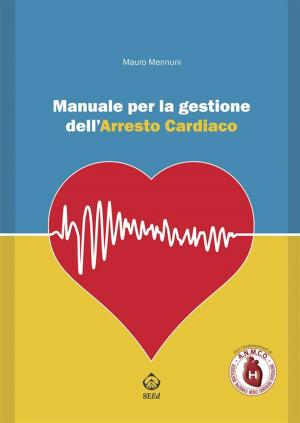Common Hand Injuries and Infections
A Practical Approach to Early Treatment
Nonfiction, Health & Well Being, Medical, Specialties, Emergency Medicine| Author: | Peter R. Carter, MD | ISBN: | 9780989291408 |
| Publisher: | Peter R Carter, MD | Publication: | April 17, 2013 |
| Imprint: | Language: | English |
| Author: | Peter R. Carter, MD |
| ISBN: | 9780989291408 |
| Publisher: | Peter R Carter, MD |
| Publication: | April 17, 2013 |
| Imprint: | |
| Language: | English |
Covered in the new electronic second edition of Carter's COMMON HAND INJURIES AND INFECTIONS: Chapter 1 introduces the foundations of good hand care and good records in the Emergency Department. Chapter 2 covers the anatomy for evaluation of the injured hand and teaches "lingo" required for the Emergency Physician to communicate accurately and quickly with their Hand Surgeons. Chapters 3 and 4 outline how to splint the injured hand in a durable dressing that protects the patient's injury during healing. Chapter 5 teaches how to control the inevitable swelling that accompanies hand injury and infection, making the patient comfortable and reducing the recovery time. Chapter 6 teaches the student the important clinical skill of regional anesthesia of the hand. This promptly relieves the patient's pain, establishes trust and allows accurate assessment as well as pain-free treatment of musculoskeletal injury. Chapter 7 covers the accurate assessment of ligament injury in a "jammed" finger. Not all get well without treatment! Chapters 8 and 9 cover hand fractures and dislocations seen in the Emergency Department, how to get an accurate X-ray and how to treat them. It makes separating simple from complex injuries easy and helps avoid pitfalls that lead to a liability suit. Chapter 10 details the fractures and dislocations of the wrist commonly seen in the Emergency Department, shows how to get the right x-ray and make an accurate diagnosis. Without this knowledge, many of these injuries are missed and can lead to permanent disability for the patient. Chapter 11 covers the problems associated with identifying both flexor and extensor injuries. It teaches which problems can be safely treated in the Emergency Department setting and what needs referral for Operating Room treatment. The secrets are discovered that identify partial tendon lacerations, a common diagnosis in malpractice litigation of the Emergency Physician. Chapters 12 and 13 teach how to accurately identify nerve injuries and vascular injuries. The reader will be confident to stop bleeding safely as well as how to rule in or out a nerve or vascular injury. They won't ever again have to say: "I think it's ok?" Chapter 14 covers skin loss, burns and amputations from the simple fingertip injury to rules for referral and transportation of patients requiring replantation of severed major parts of the extremity. Chapters 15 and 16 are special chapters dedicated to high-pressure injection and human-bite injuries, both devastating and to frequently un-recognized hand injuries. Chapter 17 teaches the student to recognize all major hand infections and differentiate which are treatable in an emergency setting and which require referral to a Hand Surgeon. Chapter 18, a new chapter in the 2nd edition, covers treatment of hand injuries and infections in the child. While the anatomy is the same (only miniaturized), kids are NOT miniature adults. Evaluation is difficult, cooperation during exam and treatment is limited and special methods are required.
Covered in the new electronic second edition of Carter's COMMON HAND INJURIES AND INFECTIONS: Chapter 1 introduces the foundations of good hand care and good records in the Emergency Department. Chapter 2 covers the anatomy for evaluation of the injured hand and teaches "lingo" required for the Emergency Physician to communicate accurately and quickly with their Hand Surgeons. Chapters 3 and 4 outline how to splint the injured hand in a durable dressing that protects the patient's injury during healing. Chapter 5 teaches how to control the inevitable swelling that accompanies hand injury and infection, making the patient comfortable and reducing the recovery time. Chapter 6 teaches the student the important clinical skill of regional anesthesia of the hand. This promptly relieves the patient's pain, establishes trust and allows accurate assessment as well as pain-free treatment of musculoskeletal injury. Chapter 7 covers the accurate assessment of ligament injury in a "jammed" finger. Not all get well without treatment! Chapters 8 and 9 cover hand fractures and dislocations seen in the Emergency Department, how to get an accurate X-ray and how to treat them. It makes separating simple from complex injuries easy and helps avoid pitfalls that lead to a liability suit. Chapter 10 details the fractures and dislocations of the wrist commonly seen in the Emergency Department, shows how to get the right x-ray and make an accurate diagnosis. Without this knowledge, many of these injuries are missed and can lead to permanent disability for the patient. Chapter 11 covers the problems associated with identifying both flexor and extensor injuries. It teaches which problems can be safely treated in the Emergency Department setting and what needs referral for Operating Room treatment. The secrets are discovered that identify partial tendon lacerations, a common diagnosis in malpractice litigation of the Emergency Physician. Chapters 12 and 13 teach how to accurately identify nerve injuries and vascular injuries. The reader will be confident to stop bleeding safely as well as how to rule in or out a nerve or vascular injury. They won't ever again have to say: "I think it's ok?" Chapter 14 covers skin loss, burns and amputations from the simple fingertip injury to rules for referral and transportation of patients requiring replantation of severed major parts of the extremity. Chapters 15 and 16 are special chapters dedicated to high-pressure injection and human-bite injuries, both devastating and to frequently un-recognized hand injuries. Chapter 17 teaches the student to recognize all major hand infections and differentiate which are treatable in an emergency setting and which require referral to a Hand Surgeon. Chapter 18, a new chapter in the 2nd edition, covers treatment of hand injuries and infections in the child. While the anatomy is the same (only miniaturized), kids are NOT miniature adults. Evaluation is difficult, cooperation during exam and treatment is limited and special methods are required.
